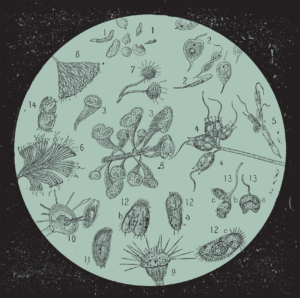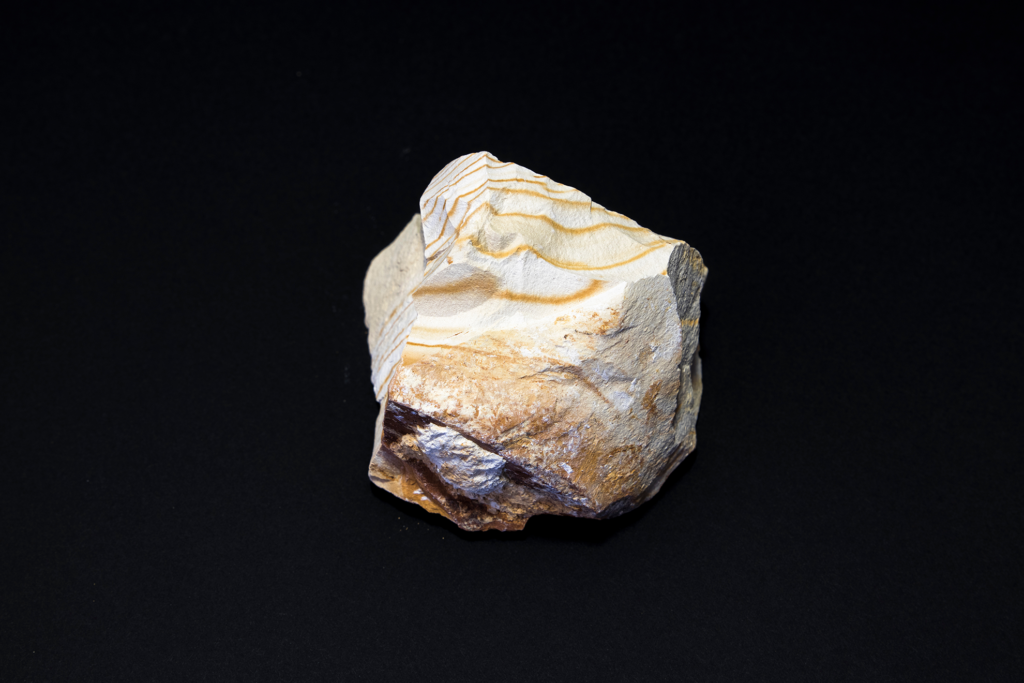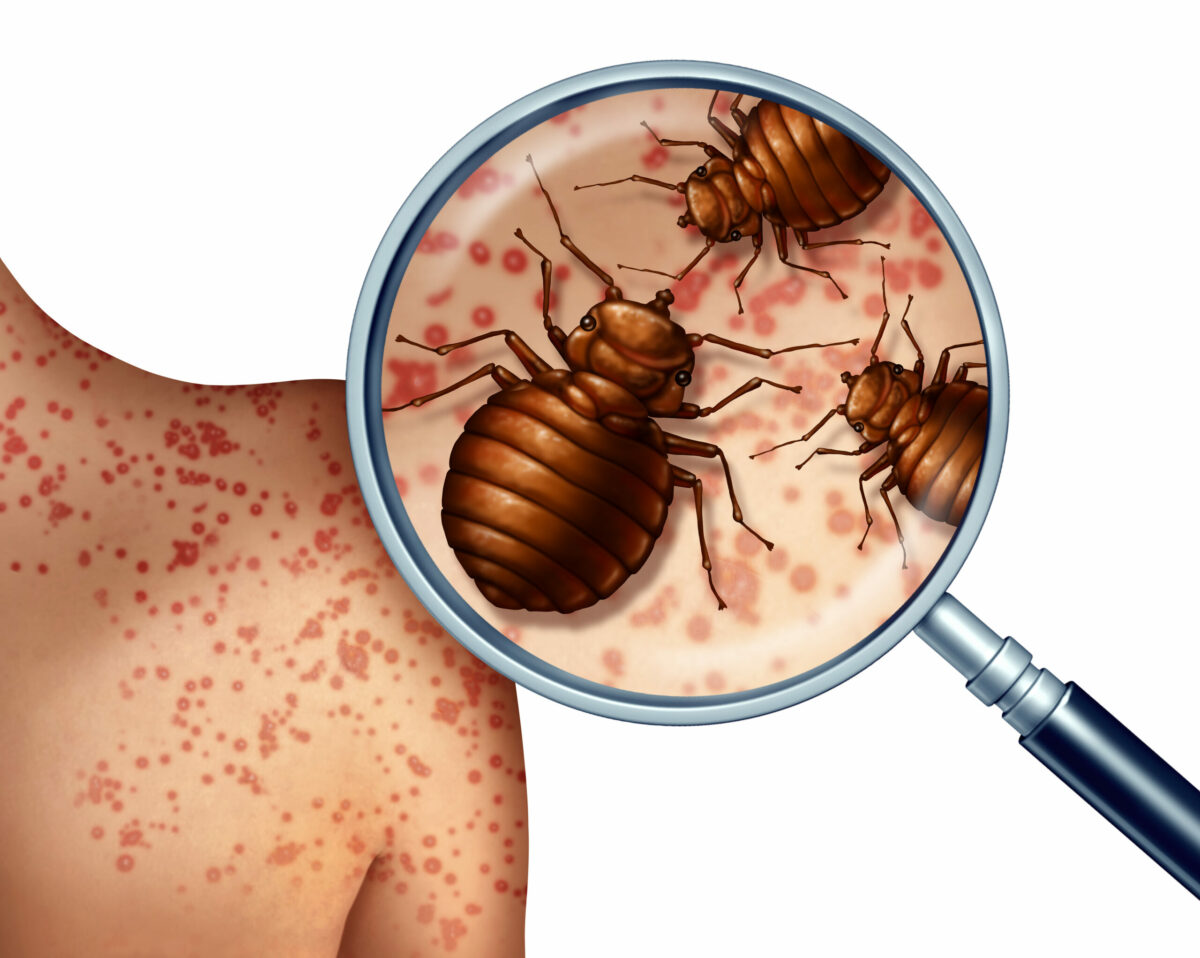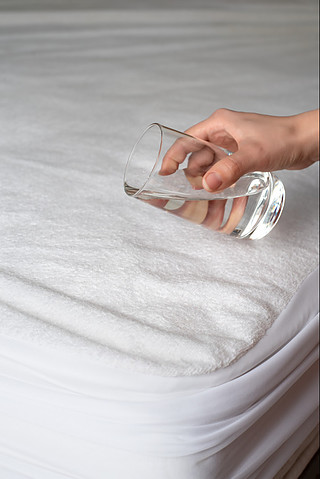Bed bugs are a common household pest that can cause itchy bites and an uncomfortable living environment. Homeowners often seek out effective treatment options to rid their homes of these tiny invaders. One such alternative that has gained popularity in recent years is the use of diatomaceous earth, a natural substance known for its insect-killing properties.
Diatomaceous earth, or DE, is a naturally occurring powder made from the fossilized remains of ancient aquatic organisms called diatoms. Its unique structure allows it to effectively kill bed bugs by drying out their exterior shell, ultimately leading to dehydration and death.
As a non-toxic substance, DE is safe for both humans and pets, making it a popular choice among homeowners looking for an eco-friendly way to combat bed bug infestations. However, it’s essential to use DE in conjunction with other treatment methods, such as steam cleaning and proper sanitation, to ensure a comprehensive approach to bed bug eradication.

Diatomaceous Earth and Bed Bugs
Understanding Diatomaceous Earth
 Diatomaceous earth (DE) is a powdery substance derived from the fossilized remains of ancient algae, known as diatoms. It’s a popular natural alternative to commercially available pesticides, primarily due to its ability to eliminate various pests, including bed bugs. DE works by damaging the protective waxy layer of the bed bug cuticle through sorption and abrasion. The sharp particles penetrate the bed bug’s body and get stuck between its exoskeleton joints, causing physical harm to the bug’s organs as it moves around source.
Diatomaceous earth (DE) is a powdery substance derived from the fossilized remains of ancient algae, known as diatoms. It’s a popular natural alternative to commercially available pesticides, primarily due to its ability to eliminate various pests, including bed bugs. DE works by damaging the protective waxy layer of the bed bug cuticle through sorption and abrasion. The sharp particles penetrate the bed bug’s body and get stuck between its exoskeleton joints, causing physical harm to the bug’s organs as it moves around source.
Diatomaceous earth has proven effective in killing bed bugs. A study published in the journal Insects found that DE can eliminate 100% of bed bugs within a 9 to 15-day period source. It’s also effective in eradicating bed bugs that have become resistant to chemical pesticides.
Application Methods
Applying diatomaceous earth to combat bed bug infestations involves a few steps. Firstly, ensure that you use food-grade DE, which is safe for humans and pets. When using DE, it’s critical to apply it in small amounts, concentrating on areas where bed bugs are likely to hide, such as crevices, cracks, and seams in mattresses, box springs, and furniture source.
While DE is an effective and natural solution, it’s essential to be aware of its potential drawbacks. Diatomaceous earth can be an irritant, especially when inhaled or if it comes into contact with skin, so it’s crucial to wear a mask and gloves when using it. Additionally, ensure that you apply DE away from high-traffic areas and don’t use excessive amounts source.
In conclusion, diatomaceous earth is a natural and effective solution for eliminating bed bugs. It’s essential to use food-grade DE, target the areas where bed bugs are likely to hide, and minimize any potential irritation to humans and pets during its application.
Mechanism of Action
Silica

Diatomaceous earth (DE) is a powder derived from the fossilized remains of diatoms, which are tiny, aquatic algae-like organisms. These diatoms build intricate shells made of silica, a natural mineral substance. When diatoms die and their shells accumulate, they create deposits that can be mined and transformed into diatomaceous earth.
DE has many beneficial applications but its use in pest control, specifically for killing bed bugs, is of notable interest. The silica particles in diatomaceous earth are microscopic and sharp, making them very effective at damaging the exoskeletons of insects like bed bugs. The unique properties of silica in DE allow it to act as a desiccant, absorbing moisture and oils from bed bugs, ultimately causing dehydration and death.
Exoskeletons

Bed bugs, like many other insects, have a waxy outer coat that makes up their exoskeleton. This helps them maintain moisture and protect their delicate internal organs. When bed bugs come into contact with diatomaceous earth, the silica particles cling to their exoskeletons, abrading their waxy layer and damaging the protective cuticle.
As the bed bugs move around with DE particles attached to their bodies, sharp silica fragments penetrate the joints in their exoskeletons, creating further injuries. This repetitive motion amplifies the abrasive effect of diatomaceous earth and results in the bed bugs losing essential moisture and ultimately dehydrating.
While using diatomaceous earth to combat a bed bug infestation may require patience, its non-toxic and natural properties make it a safe and effective option. By taking advantage of the unique properties of diatoms, DE can effectively break down the defenses of bed bugs, leading to dehydration and death.
Application Process
Areas to Target
When using diatomaceous earth for bed bug control, it’s essential to target specific areas around your home. Focus on applying the powder around:
-
- Mattresses, bed frames, and box springs
-
- Furniture, especially gaps and seams
-
- Carpets and rugs
-
- Cracks and crevices on walls or floors
-
- Electrical outlets and switch plates
These are the common hiding spots for bed bugs and will ensure optimal pest control coverage.
Precautions During Application
It’s important to take proper precautions while applying diatomaceous earth. Since it comes in the form of fine powder, using a powder duster or applicator will prevent over-application and mess. Make sure to use food-grade diatomaceous earth, as it has lower crystalline silica content and is safer for household use.
To cover carpets and fabrics effectively, consider vacuuming them thoroughly prior to application. You can also steam clean upholstered furniture to remove the pests before applying the powder.
Although wet application is possible by mixing diatomaceous earth with water, it is essential to remember that the powder needs to dry out before it starts killing bed bugs. Flat paint brushes can be used for applying the mixture in hard-to-reach areas, but allow sufficient time for it to dry.
While diatomaceous earth is generally safe, it’s important to keep it away from areas where it could be ingested by pets or children. Additionally, wearing gloves and a mask during application is recommended to protect yourself from any respiratory irritation.
In summary, applying diatomaceous earth to targeted areas, taking necessary safety precautions, and ensuring thorough coverage will help you effectively eliminate bed bugs from your home. With appropriate application and care, this natural pest control method can effectively and safely control a bed bug infestation in your living space.
Effectiveness and Safety of Diatomaceous Earth

Diatomaceous earth (DE) is a non-toxic, safe substance that has been gaining popularity as an effective method to kill bed bugs. This natural product is made up of fossilized algae and can be used as an alternative to chemical-based pesticides.
One of the main benefits of using diatomaceous earth for bed bug treatment is that it is an eco-friendly option.
DE works by damaging the exoskeleton of bed bugs, leading to dehydration and eventual death.
The sharp microscopic edges of diatomaceous earth particles cut into the protective layer of the insects, causing them to lose moisture. As a result, the bed bugs dry out and die. Food grade diatomaceous earth is the recommended type for this purpose, as it is safe for humans and pets.
To maximize the effectiveness of DE in killing bed bugs, it is important to apply it thoroughly and evenly on affected areas. This includes cracks and crevices where bed bugs are known to hide, such as in mattresses, bed frames, and carpets.
Keep in mind that diatomaceous earth is less effective when it is wet, so reapplication may be necessary after rain or humidity.
Safety is a major concern when dealing with bed bug infestations. DE is considered a safer option compared to chemical pesticides and heat treatments. However, users should still exercise caution when handling and applying the product. Inhalation of DE particles can cause minor irritation to the nose and throat, while contact with the skin and eyes can lead to dryness and irritation.
To minimize risks, it is recommended to wear personal protective equipment such as masks and gloves during application.
Diatomaceous earth can be an effective and safe solution for killing bed bugs and controlling infestations.
By using food grade DE and following proper application guidelines, you can eliminate these pests in a more eco-friendly manner, without the need for harmful chemicals or expensive heat treatments.
If interested in using DE check out my review article My top five DE products for my personal recommendations.
Conclusion
Diatomaceous earth has been proven to be an effective and natural method for eliminating bed bugs. Its unique mechanism of action allows it to penetrate the bed bug’s exoskeleton and cause dehydration, ultimately resulting in the death of the pests. Nonetheless, it is essential to emphasize that diatomaceous earth may take 1-2 weeks to kill bed bugs on its own, so it is recommended to utilize it alongside other extermination tactics.
One of the primary reasons why homeowners opt for diatomaceous earth is that it is a safer alternative to chemical pesticides. Since it operates through mechanical action, it poses minimal risk to humans and pets when used correctly. This non-toxic quality makes it an attractive choice for those looking to rid their homes of bed bugs while maintaining a healthy environment.
However, it is crucial to remember that like any other treatment method, diatomaceous earth also has its limitations. Proper application and adherence to safety guidelines are necessary to experience the full benefits of this natural remedy.
Diatomaceous earth serves as an environmentally-friendly and cost-effective option for controlling bed bug infestations.
By integrating it into a comprehensive extermination plan, you guys can effectively combat these pests and restore peace in their living spaces.
Feel free to check out the Q&A below and leave a comment or question, I’m eager to hear your story!
Wilson.
Diatomaceous Earth And Bed Bugs FAQ
1. What are bed bugs?
Bed bugs are small, wingless, blood-sucking insects that feed on warm-blooded animals, including humans.
2. What is diatomaceous earth?
Diatomaceous earth is a powder made up of the fossilized remains of microscopic diatoms.
3. How does diatomaceous earth kill bed bugs?
Diatomaceous earth kills bed bugs by dehydrating them. The powder gets stuck to the bugs’ exoskeletons and waxy outer layer and absorbs the moisture from their bodies, causing them to die.
4. How can I use diatomaceous earth to kill bed bugs?
To use diatomaceous earth to kill bed bugs, apply a thin layer of the powder in areas where bed bugs are likely to hide, such as cracks and crevices or around your bed. Use a duster to apply the powder for better coverage.
5. Is diatomaceous earth an effective method for bed bug treatment?
Yes, diatomaceous earth is an effective method for bed bug treatment. It is a non-toxic and natural alternative to chemical insecticides, and its effects are long-lasting.
6. How do you eradicate bed bugs using diatomaceous earth?
To eradicate bed bugs using diatomaceous earth, apply the powder in a thin layer in areas where bed bugs are known to hide, such as cracks and crevices. Reapply the powder every few days until you are no longer seeing bed bugs.
7. Can diatomaceous earth kill bed bug eggs?
Yes, diatomaceous earth can kill bed bug eggs. The powder’s desiccating properties can dry out the eggs and prevent them from hatching.
8. Is diatomaceous earth for bed bugs safe to use?
Yes, diatomaceous earth for bed bugs is safe to use around humans and pets, as it is non-toxic and does not contain any harmful chemicals. However, it is recommended to wear a mask while applying the powder to avoid inhaling it.

































